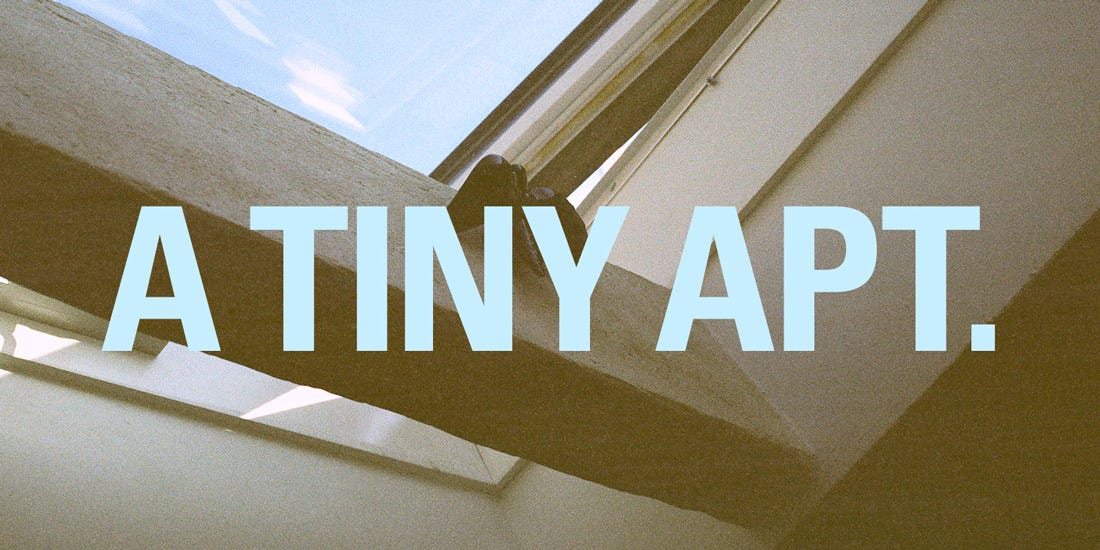Fundamentals of group buying
What it is, how it works, and what are the scenarios for luxury, DTC, and mass brands
Welcome to the Sociology of Business. Sociology of Business now has a paid membership program. Paid options are for the members of this community who want to be the first to access everything from Web3 brand-building to the new business models and emerging creative formats. Since its inception, the Sociology of Business has been the source code for many other analyses, strategies and brand-building approaches. Members will now have the front-row seat. If you are not yet subscribed, join the community by subscribing below and joining the Sociology of Business Discord. You can find my book, The Business of Aspiration on Amazon and you can find me on Instagram and Twitter. For those new here, in my last analysis, The Social Cart, I analyzed the new paradigm that takes the best from social networks and applies it to commerce.
Group buying isn’t new. Pioneered by Pinduoduo in China and deployed, in a different version, in the US by Fevo, Pacaso and Snackpass, it lets buyers form a group when making purchases.
In case of Pinduoduo, buyers engage in group purchases to share discounts. But they can also engage in group purchases to share taste. Engaging in group purchases for taste is new, and it opens up group buying from mass brands to mid-tier and luxury brands.
The analysis continues after the jump.
Every week, I endorse companies that impressed me with their passion, taste, imagination and their take on the aspirational economy. This week, I featured Christine Barberich’s A Tiny Apt.
I met Christene Barberich in person last Fall. Previously, we connected via email, where we exchanged mutual appreciation. When I met Christene, she struck me as direct, honest, intelligent, strong - and very, very stylish. The package made a strong impression, and it still does. Christene recently launched her new venture, A Tiny Apt, where she covers everything from space and home to fashion (her closet is legendary and she regularly purges verified collectibles) to intimate and deeply personal stories that take courage to both admit and then share with the world. In Christene’s own words, A Tiny Apt is a newsletter “about seeing small/unconventional/occasionally overlooked things differently - more expansively, with more wonder.” Courage and Wonder.
In the feed or on PDP, there are two buying options. One is individual and the other is group. Pinduoduo does not have a shopping cart, and uses individual buying and group buying buttons. Prices for each of the buttons are different. If a buyer selects “group buy” option, they can form a new group or join an existing group. Buyers have 24h to complete the group purchase, or the deal gets cancelled. A short window to unlock the deal incentivizes buyers to quickly tap into their networks and recruit friends and family as quickly as possible. A buyer’s network invites their own networks, creating a chain reaction.
In the scenario with the shopping cart, there are two versions of the cart. One is individual and one is group, where buyers share the same Cart ID (this can be a QR code, a link, or a token). A buyer who initiates the purchase can invite others. Groups can be exclusive and intimate, or large and mass. Invites to exclusive groups are made privately (WhatsApp, messenger). Invites to mass groups are made on social media (on TikTok, Instagram, Twitter - like CashApp does every Friday). Group buying can bring a discount, or can bring other kinds of brand benefits, like membership access, product pre-launches, event invites or special prices. Group buying also brings to customers benefits of shared ownership and access to items as investments.
Group buying has three obvious use cases, detailed below.
This analysis, with charts, scenarios and tactics, is for paid subscribers. Subscribe to continue reading.
Keep reading with a 7-day free trial
Subscribe to The Sociology of Business to keep reading this post and get 7 days of free access to the full post archives.







